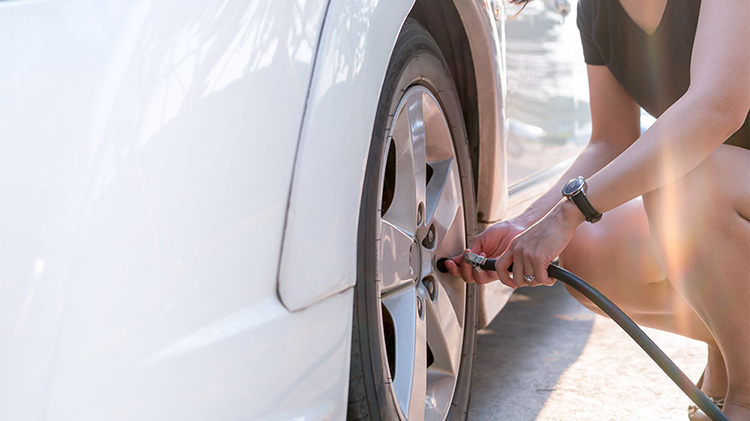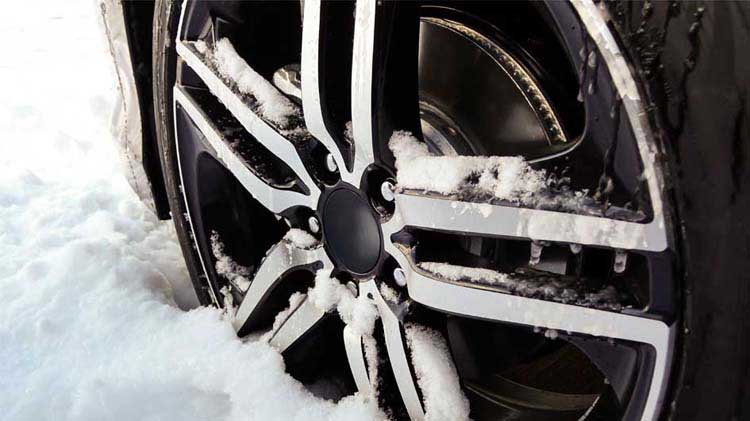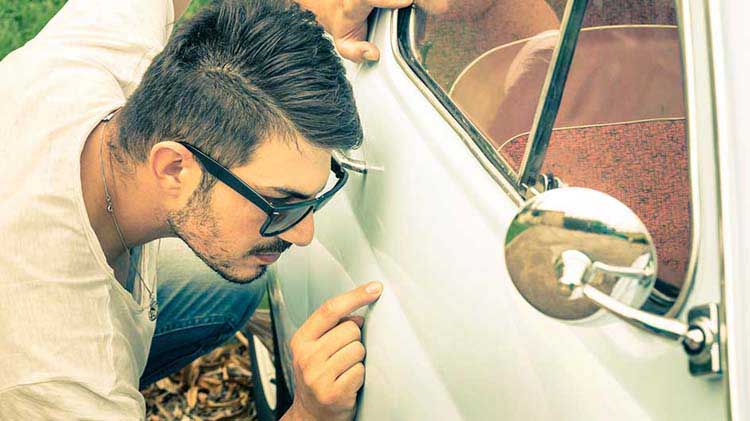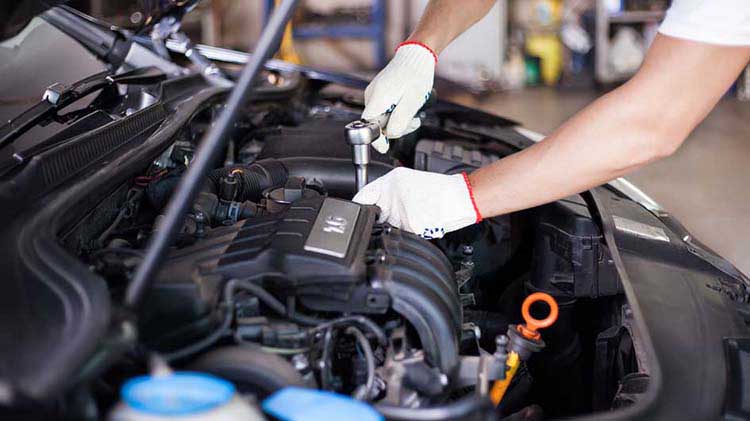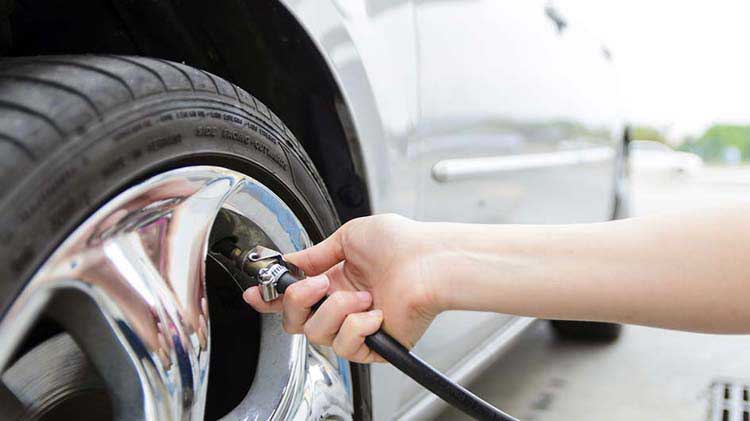Tire maintenance, safety and care
Yes, you do need to learn how to take care of your tires. These six simple to-dos take just minutes.
1. Learn a little (or a lot) about your spare
Sometimes referred to as a donut, a spare tire is designed to get you out of a pinch: You've gotten a flat or a tire blows out and you need to get your car home or to a repair shop. That's why it's often smaller than your vehicle's traditional tires. A spare tire isn't designed to be a permanent replacement and may even have miles-per-hour speed limitations.
Most spares are located either in the trunk or under the rear of the vehicle. Some cars may have the spare on the exterior. Typically, a spare includes the jack to take off the old tire and attach the new one. Even if you have Emergency Roadside Service, knowing where your spare is and how it works can help you in case you're somewhere where you can't access a professional and need to fix your vehicle quickly.
2. Note the details of your vehicle's tires
If you open the driver's side door and look on the door jamb, you might see a sticker; that's where most vehicles supply the manufacturer-recommended tire pressure and the measurements for tire size and vehicle overall weight capacity. If you're checking your tire pressure and unsure what the goal is, check there or your owner's manual.
3. Learn how to use a tire gauge
In general, tires lose about 1 psi (pounds per square inch) per month, and if they're underinflated your gas mileage may suffer. A tire gauge can help. Here's how to use a tire pressure gauge: remove the valve cap from the tire and place the gauge's open end on the tire's valve; apply pressure until the hissing stops; a bar that measures psi will push out from the gauge; read the measurement unit on the bar closest to the gauge – that's your psi. However, try not to measure psi on tires that have recently been driven. For the most accurate read, check the cold tire pressure, which simply means checking tires that haven't been driven for about three hours.
4. Understand your vehicle's low-tire pressure alert
There are all sorts of sensors — low fuel and battery to name just a couple — that your vehicle offers up when it needs a little love and attention. Luckily for you (and your tires), all 2008 and newer vehicles have a monitoring system that issue an alert when the tire pressure on one or more tires falls below 25 percent of its recommended psi. The light is a nearly encircled exclamation point. When it comes on, check the psi of each tire and fill to the recommended level.
5. Finally, a use for pennies
Tires do have a life span — generally about three or four years with average mileage use of about 10,000 to 15,000 miles. There's a quick way to test how close your tires might be to replacement. Simply insert a penny, Lincoln's head down, into a tread. If the tire covers his hair, it's still OK to drive. Or, your tires may have a built-in treadwear indicator, which is a raised section that runs down over time to indicate the need for replacement.
6. Put tire rotation on your to-do list, too
Unless your vehicle is an outlier with differently sized front and back wheels, your tires need to be rotated every 5,000 to 8,000 miles, according to Consumer Reports. To help evenly distribute wear and tear, the front ones need to go on the back and the back ones need to move to the front. At the same time as your tires are rotated, ask your mechanic to check your tire alignment, too.
Watch the video below to learn more about keeping up with your tires.
Your safety on the road rides on regular tire maintenance - literally.
At 70 MPH, balding tires can increase average stopping distance by 184 feet on wet roads. (That's 4.5 school bus lengths.)
If your car's tires are worn or balding, it's time for new ones. Here are three simple ways to check tire treads regularly:
1. Measure it out.
- On New Tires: The treads will measure 10/32 of an inch.
- Worn tires: 4/32 of an inch
- Bald tires: 2/32 or an inch
2. Grab a coin.
Place a penny or a quarter upside down in the tread.
Penny:
- If tires are new: Lincoln's eyes will be covered.
- Worn: The top of Lincoln's head will be covered.
- Bald: Lincoln's head will be fully visible.
Quarter:
- New: Part of Washington's head will be covered.
- Worn: The tread will just touch the top of Washington's head.
- Bald: The tread will only reach the lettering.
3. Use your senses.
Worn or balding tires can have:
- Visible wear bars
- Even appearance with outside tread
- raised sections on tread grooves
- smooth sections
Other important tire maintenance
These routine tasks will also help keep your tires in top shape:
- Check Pressure. Use a tire pressure gauge to measure at least once a month. Reference your car's owner's manual for the recommended level.
- Balance and rotate. On average, visit a professional every 5,000 to 8,000 miles.
- Align. As a rule of thumb, have a professional align tires every 6,000 miles or six months, whichever comes first.
